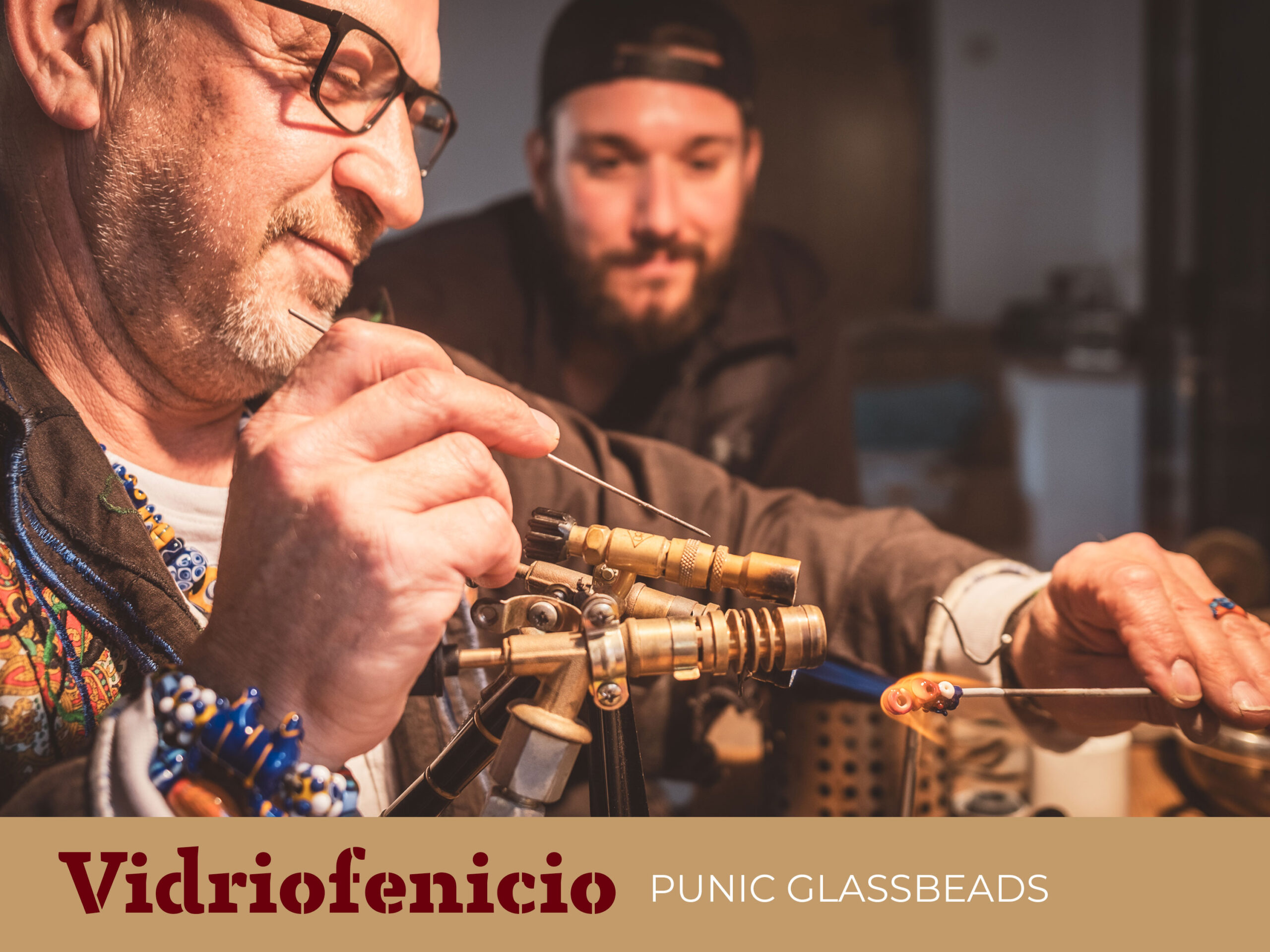
Mediterranean Sea 🌍
Content
The Art of Glass Beads
In den letzten Jahren sind wir immer wieder auf die punischen Glasperlen (Punier war der römische Name für Karthager oder Phoenizier genannt) gestoßen – sei es in Museen in Italien, Frankreich oder zuletzt im Museum von Manacor auf Mallorca.
Glass bead jewelry is one of the oldest known forms of adornment in human history. As early as the Bronze Age, around 1500 BC, the first glass beads were produced. The technique spread throughout the Mediterranean and reached remarkable perfection in antiquity.
Glass beads were not only used for decoration but often held symbolic or even religious significance. In many cultures, they were used as trade goods, lucky charms, or burial offerings.
The production of glass beads involved heating raw glass materials, often with the addition of metal oxides to create different colors. The molten glass was then wrapped around a mandrel and shaped. This technique allowed for a wide range of designs, from simple monochrome beads to eye beads and even intricately crafted pendants in the form of human or animal heads.
Since 2020, this glass bead artistry has been recognized as UNESCO World Heritage..
Finds from Antiquity
Museum discoveries confirm that glass beads were highly valued across the ancient world. Particularly impressive examples come from Egypt, Rome, and Celtic settlements in Europe.
The finds displayed at the Museum of Manacor originate from Mallorca itself, demonstrating that the island already maintained trade relations with other civilizations in early times. Glass bead necklaces have also been discovered in the Necropolis of Son Real , further proving the far-reaching influence of the Punic trade network.
Some of the most striking examples of ancient glass bead artistry include: this pendant from the British Museum (London, England), this bead collection auctioned by Christie's or this necklace from the National Archaeological Museum (Cagliari, Italy) , showcasing the high craftsmanship of the time.
A particularly fascinating aspect of ancient glass bead craftsmanship is the creation of glass pendants shaped like human heads. These figurative glass beads were already being produced as early as the 6th century BC. They feature intricately detailed facial features, with distinct colors for the eyes, beard, and hair. Such beads likely served as amulets or were dedicated to specific deities.
Our visit at Manuel's workshop
During our research for an early Roman project, we came across Manuel—one of the few people in the world who still creates ancient glass beads based on historical models. By sheer luck, he lives just a few kilometers from our current location on Mallorca. You can find him and his work on Facebook: Balearicus Nura Mayurga and Instagram: Vidriofenicio
When we visited Manuel, he warmly invited us to watch him work. We spent an incredibly fascinating and inspiring day with him, gaining deep insight into his craft. With patience and precision, he showed us how he transforms molten glass into intricate beads and shared the projects he is currently working on.
